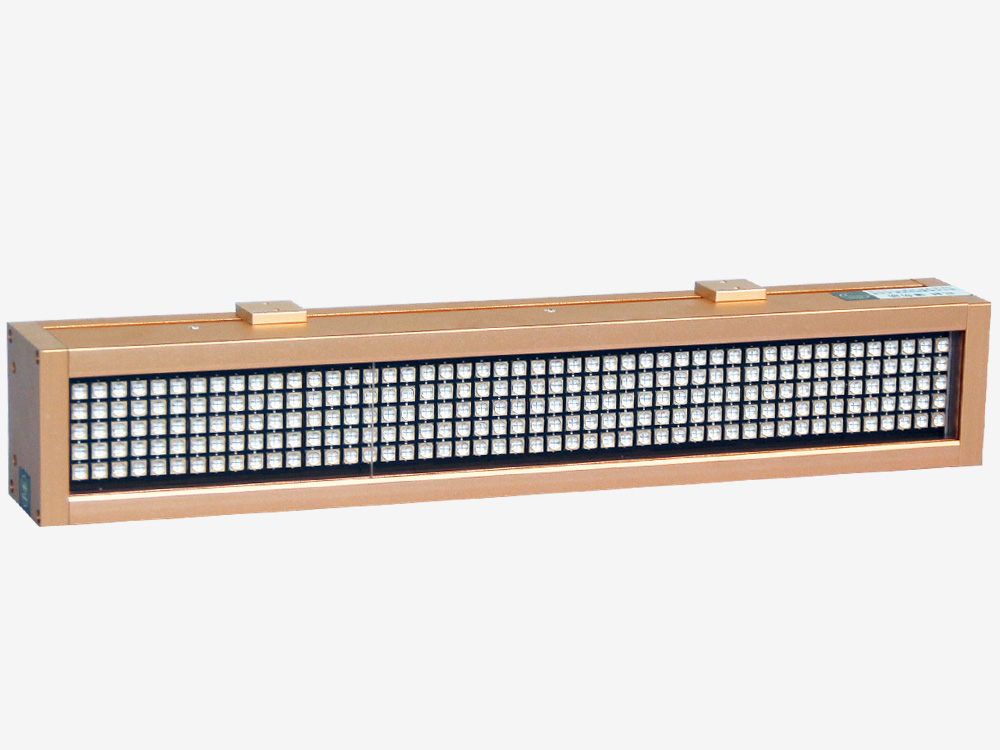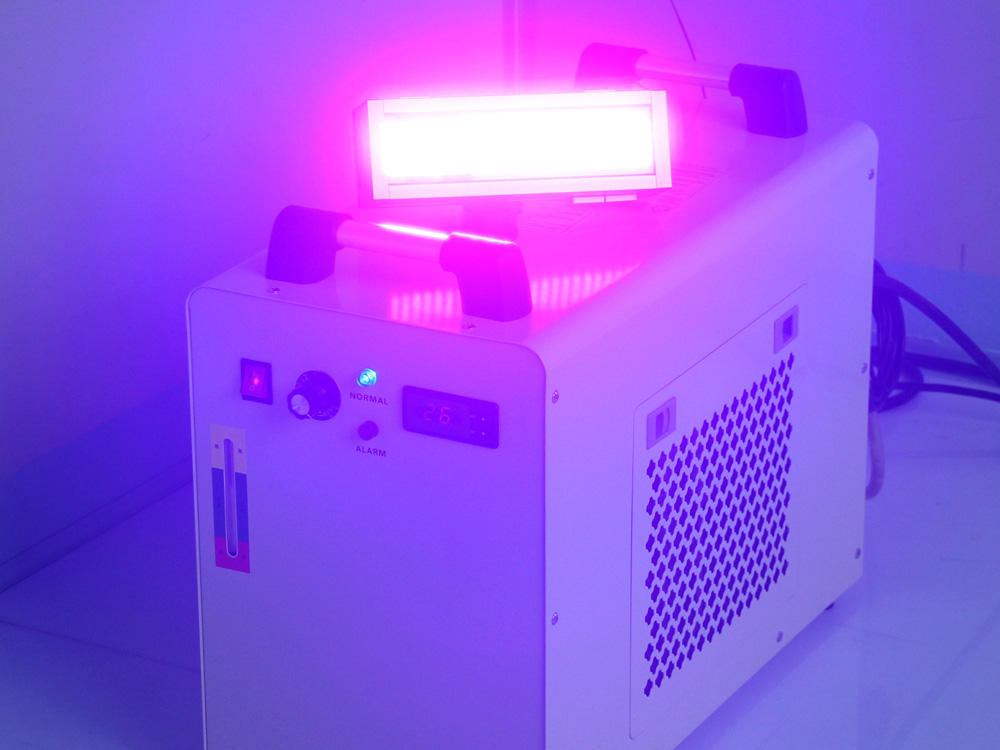Performance comparison between LED UV curing lamps and traditional mercury lamps in label printing
News 2022-07-08
In the field of label printing, the choice of curing technology directly affects production efficiency, cost control, and environmental protection performance. As mainstream curing solutions, LED UV curing lamps and traditional mercury lamps each have their own technical characteristics and application scenarios.
1.Energy consumption and efficiency
Traditional mercury lamps rely on high-pressure mercury vapor to stimulate light emission, with high energy consumption and concentrated heat. An additional cooling system is required, resulting in comprehensive energy consumption accounting for 30%-40% of the total power consumption of printing equipment. LED UV lamps adopt semiconductor lighting technology, with an electro-optical conversion efficiency of more than 50%. They are 60%-80% more energy-efficient than mercury lamps and have low heat generation, which can reduce the air conditioning load in the workshop. In terms of curing speed, LED UV lamps can achieve high-speed curing of 10-30 meters/minute through precise wavelength matching (commonly 365nm/395nm), which is a 20%-30% improvement over mercury lamps.
2.Environmental protection
Mercury lamps contain about 4-10mg of mercury per lamp. After being scrapped, professional treatment is required; otherwise, it is easy to cause heavy metal pollution. LED UV lamps do not contain mercury and are solid-state packaged with no ozone emissions, meeting the RoHS standard. In addition, the UV-C band (200-280nm) generated when mercury lamps work requires protective devices, while LED UV lamps can avoid harmful band leakage through optical design.
3.Equipment life and maintenance
The lifespan of mercury lamps is usually 1000-3000 hours. Frequent startups and stops will accelerate attenuation, and filter plates and reflectors need to be replaced regularly. The lifespan of LED UV lamps can reach 20000-30000 hours, supporting instant on and off, reducing maintenance costs by more than 70%. However, LED lamp beads have a problem of light attenuation, and light intensity needs to be calibrated after long-term use.
4.Application adaptability
The mercury lamp spectrum covers 250-450nm and is compatible with multiple traditional UV inks, but uneven light intensity distribution easily leads to insufficient edge curing. LED UV lamps have a single wavelength and need to be matched with a special ink system. The adaptability to water-based UV or special functional coatings is still being optimized. In the printing of flexible materials such as PE and PVC labels, LED UV lamps can better ensure the dimensional stability of materials due to low heat radiation.
5.Economic analysis
Mercury lamp equipment has a low initial cost (about 1/3 of the LED solution), but comprehensive maintenance and electricity expenses are relatively high. The LED solution has a large initial investment, but the cost can be recovered within five years through energy saving and reduced maintenance. For large-scale production with an annual output of over 5 million square meters, the LED solution can save costs by 20%-30% annually.
In conclusion, LED UV curing technology has become the preferred solution for upgrading the label printing industry with its advantages of high efficiency, energy saving, and environmental protection. It is especially suitable for high-speed production lines and scenarios with strict environmental protection requirements. Traditional mercury lamps still have certain advantages in special ink adaptability and short-term cost control. However, with technological iterations and stricter environmental protection policies, their market share is gradually being replaced by LED technology. In the future, developing wide-spectrum LED light sources and universal ink systems will become the innovation direction of the industry.


